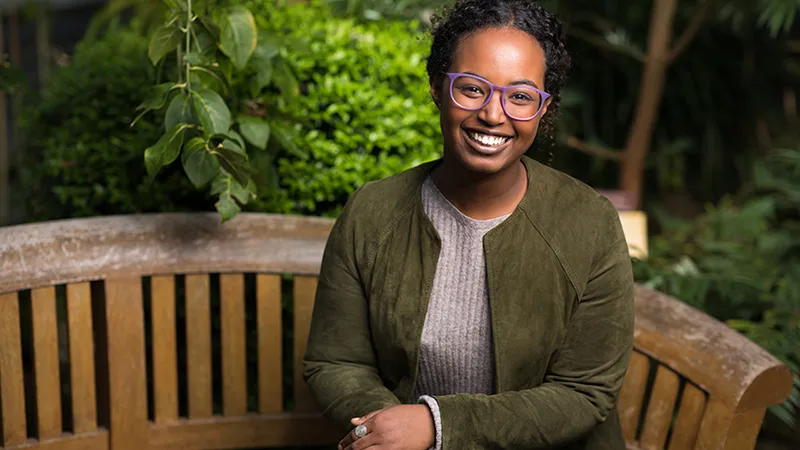Fulbright Focus
The Fulbright U.S. Student Program provides opportunities for U.S. citizens to study, conduct research, develop as an artist and teach in roughly 160 countries around the globe. Fulbright encourages students and recent alumnae from all backgrounds and academic disciplines to consider applying. This is an opportunity to tell your story, think about your career path, and bring your research, teaching, or artistic practice to the next level.

Smith Fulbright Facts
Over the past two decades, Smith has ranked as a Fulbright Top Producing Institution. Within that timeframe, more than 300 Smithies have been offered Fulbright grants to conduct research, study, teach and undertake projects in half of the 160 countries participating in the program. See Successes & News.
It’s Never Too Early To Start
Graduating seniors and alums submit their final applications to Fulbright in early October. However, preparing your application should begin at least six months in advance and can begin as early as your first year. Students are encouraged to start early because a competitive Fulbright application requires the development of certain skill sets and experiences.
For applicants proposing to do research or study for a degree, Fulbright selection committees want to see that you have developed a level of junior expertise in the field of study you are choosing to engage in abroad either as a project or course of study. Likewise, for many Fulbright English Teaching Assistantships, country programs are looking for candidates who have teaching experience and have a demonstrated commitment to education.
Additionally, the majority of countries participating in Fulbright require that you have at least a solid grounding in the local language. For many countries, a competitive application requires the equivalent of two years of college-level language instruction.
“I was really scared of applications and the application process before this experience. ... But this application ... helped me realize that I just need to start—it all falls into place as you go.”
Overview of the Fulbright Program
“Writing my application helped me reframe my career goals around who I want to be in the future.”
“[From the application process] I learned to dive into the total unknown with confidence.”